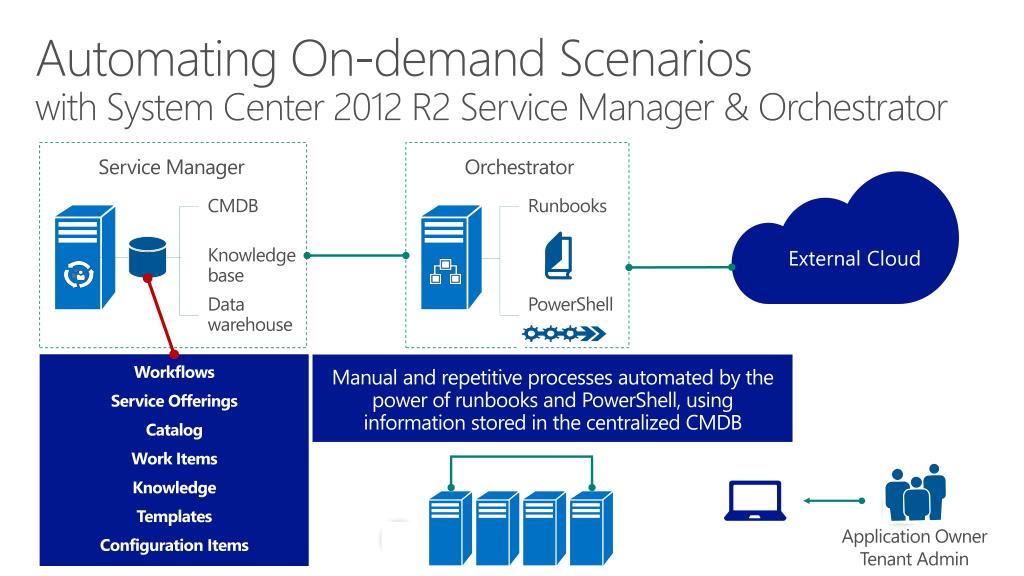

When the configuration has been saved, you can then review the synchronisation logs to ensure successful jobs have occurred. The scope can be changed to one of the following: Next, click on the New configuration tab to configure the newly installed agent You can do this through the Review all agents tab. Next on the list of tasks, review and make sure the agent has installed correctly and is reporting back with an active status.

Then, connect to your on-premises Active Directory environmentĬonfirm the details and sit back and wait for the installation to complete To begin the wizard, enter in your Azure AD Global Admin credentials The reason for this is the bulk of the configuration is completed within Azure AD. When the agent has been installed, you’ll be presented with the configuration wizard, which has less options than the Azure AD Connect wizard. Now the fun part – installing and configuring the agent.
#Azure ad connect server 2012 r2 download install#

If you had no staging server, uh oh (and yes, you just said this in the voice of the ICQ notification from way back in the day – shows my age!), you would have to implement a new Azure AD Connect server! And who has time for that? You could leverage this bad boy to keep your identities in sync. What happens if this server were to go offline? If you had deployed another Azure AD Connect server in staging mode, excellent. Currently, this job relies solely on a single Azure AD Connect server installed in your on-premises network. These agents communicate with Azure AD using the Azure AD Application Proxy to trigger the required sync jobs. How do they envision this to be done? By removing the need for any heavy lifting from on-premises infrastructure to the cloud and replacing it with light weight agents. With the huge adoption rate of Microsoft cloud services across the globe, it’s only logical (admit it, you just read this out in Spock’s voice) Microsoft will modernise the way identities are synchronised to the cloud. So, what is it and how is it different to the other three sync technologies we’ve been configuring over the years? Here we go! Azure AD Connect Cloud Provisioning – easy to remember right? So, Pure Awesomeness, what is this new sync technology you keep talking about but haven’t mentioned what it’s called yet…?īuckle up my apprentice. You can read more about the differences between Azure AD Connect and Azure AD Connect Cloud Provisioning here

You see, our good friends at Microsoft have been working on another way to synchronise identities to your Azure AD and although it’s in preview mode, you, my fellow apprentice, can go through the configuration and deploy in your lab for testing. You’re probably wondering what more I can talk about as a follow up to my last blog – Identity – The Boss of All Bosses? Well, there’s a new topic to talk about along the lines of identity synchronisation. Hey folks! Pure Awesomeness here and I’m back again with a brand-new blog post about identity across the big wide world of Office 365 and Azure AD. First came DirSync, then came AADSync and now it’s and I’m sure you’ll agree with me that through each phase of Microsoft’s identity synchronisation platform, we’ve seen many changes for the greater good of mankind.


 0 kommentar(er)
0 kommentar(er)
